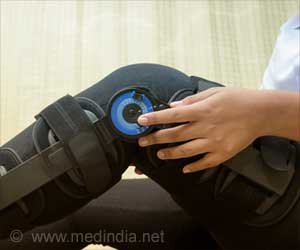Zika virus can be diagnosed rapidly and accurately using cell phone technology. It uses a combination of nanotechnology and digital health systems to differentiate Zika virus from other closely related viruses.

TOP INSIGHT
Zika virus can be diagnosed rapidly and accurately using cell phone technology. The new technique employs advances in digital health systems and nanotechnology to transform a smartphone into a device capable of detecting Zika. The technology can easily differentiate between the Zika virus and other closely related viruses through the uniqueness of motion signal known as the nanomotor-based bead-motion cellphone (NBC) system.
"Zika diagnostics represent an urgent need in many parts of the world. Our goal is to address this unmet clinical need using cell-phone-based technology," said corresponding author Hadi Shafiee, Ph.D., principal investigator at the BWH Division of Engineering in Medicine and Renal Division of Medicine.
"Cell phones have the power to perform complicated analyses, handle image processing, take high-quality images, and are ubiquitous in Zika-afflicted countries. We can leverage this to address outbreaks of infectious disease."
Traditional virus diagnostics rely on detecting antibodies in a person's bloodstream that target Zika. However, many closely related viruses, including dengue, can elicit similar antibodies, leading to a high false positive rate for such tests. Other research groups are currently developing methods to go after the nucleic acid building blocks of the Zika virus, but Shafiee and colleagues have taken an entirely new approach: They are developing a way to detect intact copies of the Zika virus.
To do so, the team is using nanotechnology. Researchers developed tiny platinum nanomotors that target Zika as well as microbeads that bind the virus. When both components are added to a sample containing Zika, they form a three-dimensional complex that moves in the presence of hydrogen peroxide. This movement can be detected using a smartphone hooked up to a $5 optical device.
This approach - known as the nanomotor-based bead-motion cellphone (NBC) system - detected Zika in samples with viral concentrations as low as 1 particle per microliter. The team also reports that the NBC system was highly specific - in the presence of other viruses, it accurately detected Zika.
The current study uses an optical device similar to what Shafiee and colleagues used previously to detect male infertility in semen samples. Unlike viruses, semen can be detected without nanoparticles and complexes. The new work highlights the potential of using cell phone technology for viral diagnostics, and Shafiee and colleagues plan to further explore and apply the approach to other viruses.
Source-Eurekalert
 MEDINDIA
MEDINDIA




 Email
Email






